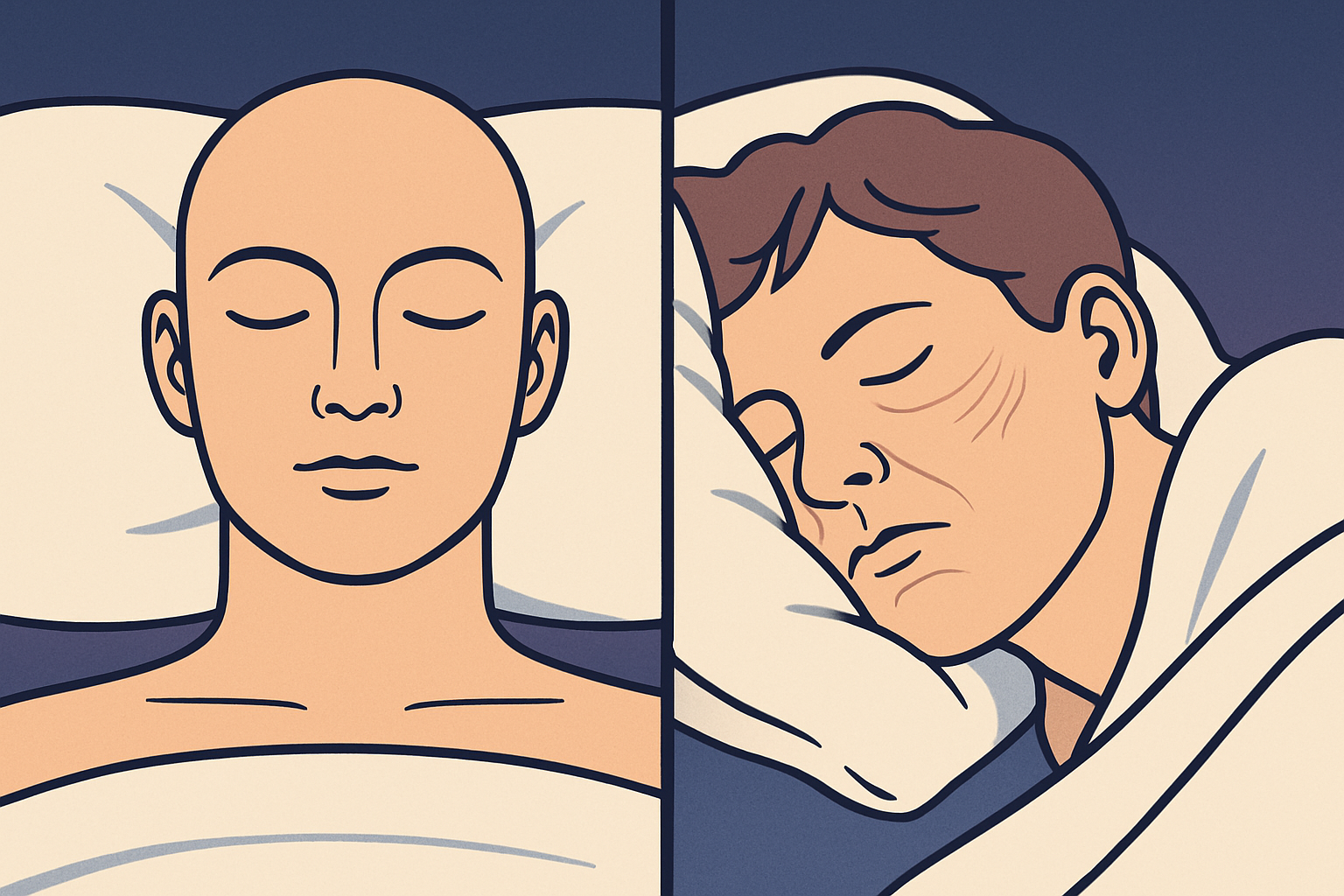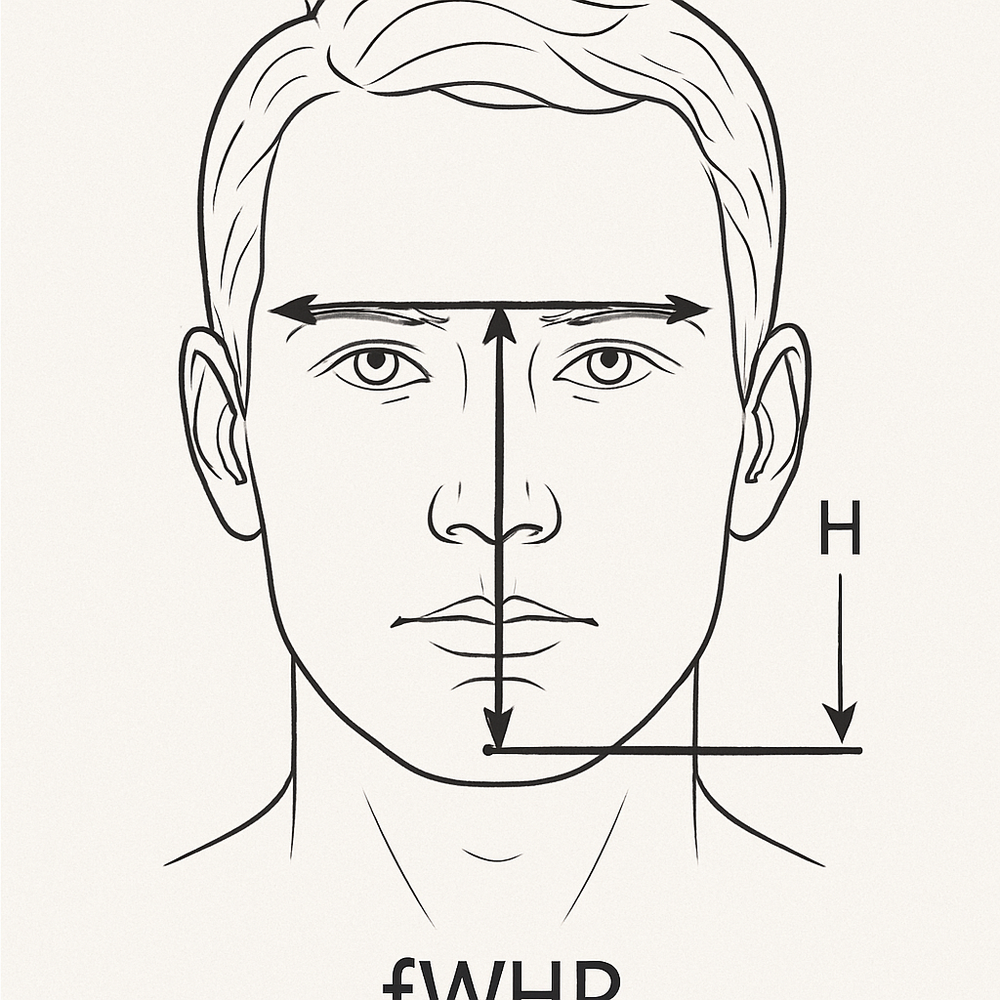When it comes to physical characteristics, hormones play a significant role in shaping our bodies. One hormone that often captures attention is testosterone, which is primarily associated with male traits. While testosterone does influence various aspects of our appearance, the idea of “high testosterone face features” has become a topic of interest and speculation. In this article, we will explore the concept of high testosterone face features and separate fact from fiction.
What are High Testosterone Face Features?
High testosterone face features refer to certain physical attributes that are believed to be more prevalent in individuals with higher levels of testosterone. Some commonly mentioned features include a strong jawline, prominent brow ridge, deep-set eyes, a wider and more defined face, and a more muscular physique. These characteristics are often associated with masculinity and are thought to be influenced by testosterone levels.
The Science Behind Testosterone and Physical Appearance
Testosterone is a hormone produced in both men and women, but it is typically found in higher concentrations in males. It plays a crucial role in the development of secondary sexual characteristics during puberty, such as muscle mass, body hair, and voice deepening. Testosterone also affects bone density, fat distribution, and even facial structure.
While testosterone does have an impact on physical appearance, it is important to note that the relationship between testosterone and facial features is not as straightforward as it may seem. Research suggests that the influence of testosterone on facial structure is relatively small and can be influenced by various genetic and environmental factors.
Genetics and Facial Features
Our facial features are primarily determined by genetics, with a complex interplay of multiple genes. While testosterone does play a role in shaping facial characteristics, it is just one piece of the puzzle. Other factors, such as the growth hormone, insulin-like growth factor 1 (IGF-1), and genetic variations, also contribute to facial structure.
Moreover, the idea that high testosterone face features are universally attractive or desirable is subjective and culturally influenced. Beauty standards vary across different societies and can change over time. What may be considered attractive in one culture may not hold the same appeal in another.
Testosterone and Body Composition
While the impact of testosterone on facial features may be limited, it does have a more pronounced effect on body composition. Higher testosterone levels are associated with increased muscle mass, decreased body fat, and a more athletic physique. These physical changes are more noticeable and measurable compared to subtle facial differences.
Conclusion
While it is true that testosterone influences various aspects of our physical appearance, the concept of high testosterone face features should be approached with caution. Our facial features are the result of a complex interplay between genetics, hormones, and environmental factors. While testosterone may contribute to certain facial characteristics, it is just one factor among many.
It is important to remember that beauty and attractiveness are subjective and can vary across cultures and individuals. Embracing diversity and recognizing that there is no one-size-fits-all definition of attractiveness is crucial in fostering a more inclusive and accepting society.
So, the next time you hear someone talking about high testosterone face features, take it with a grain of salt. Our faces are unique and beautiful in their own way, regardless of hormone levels.







